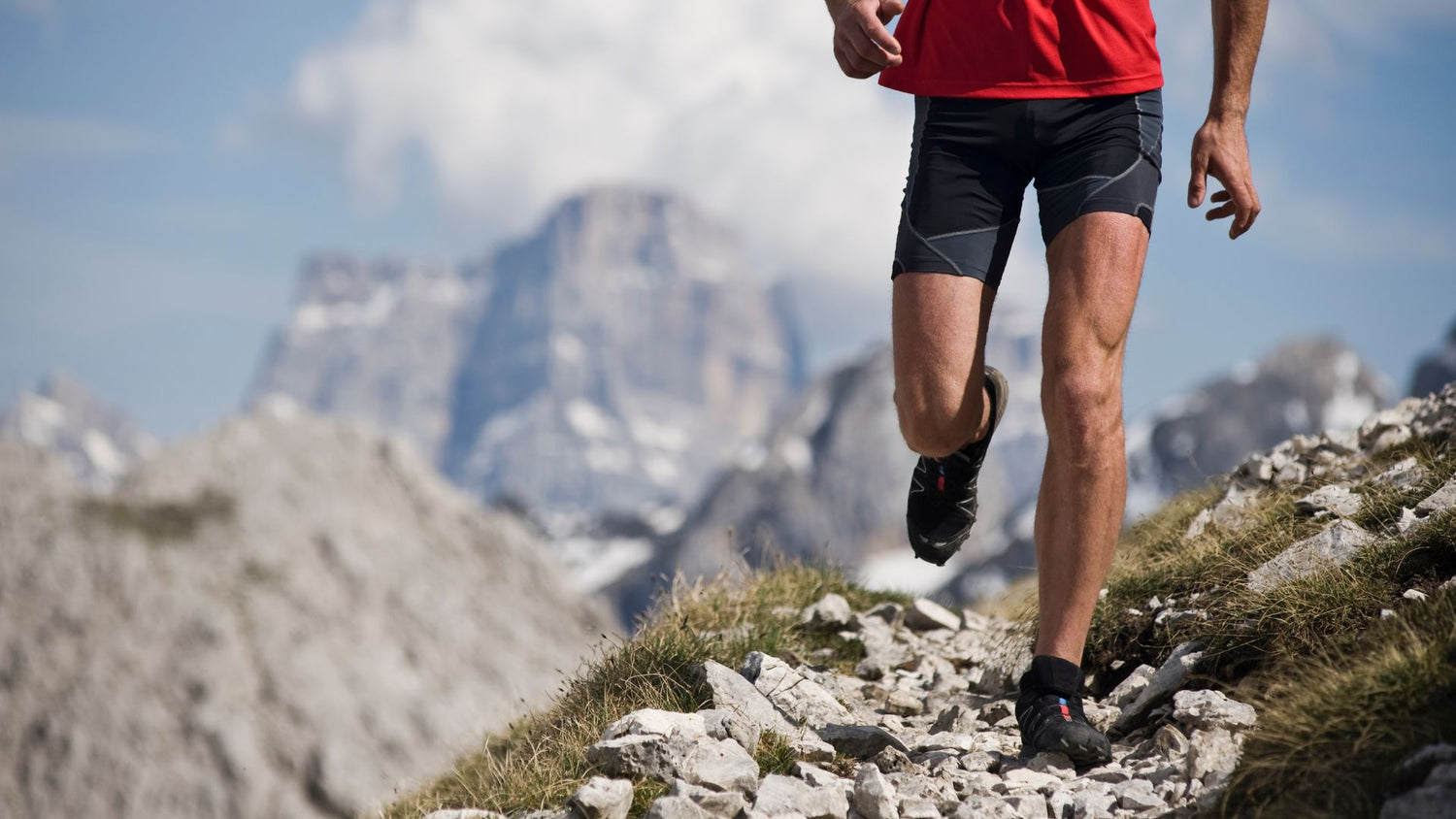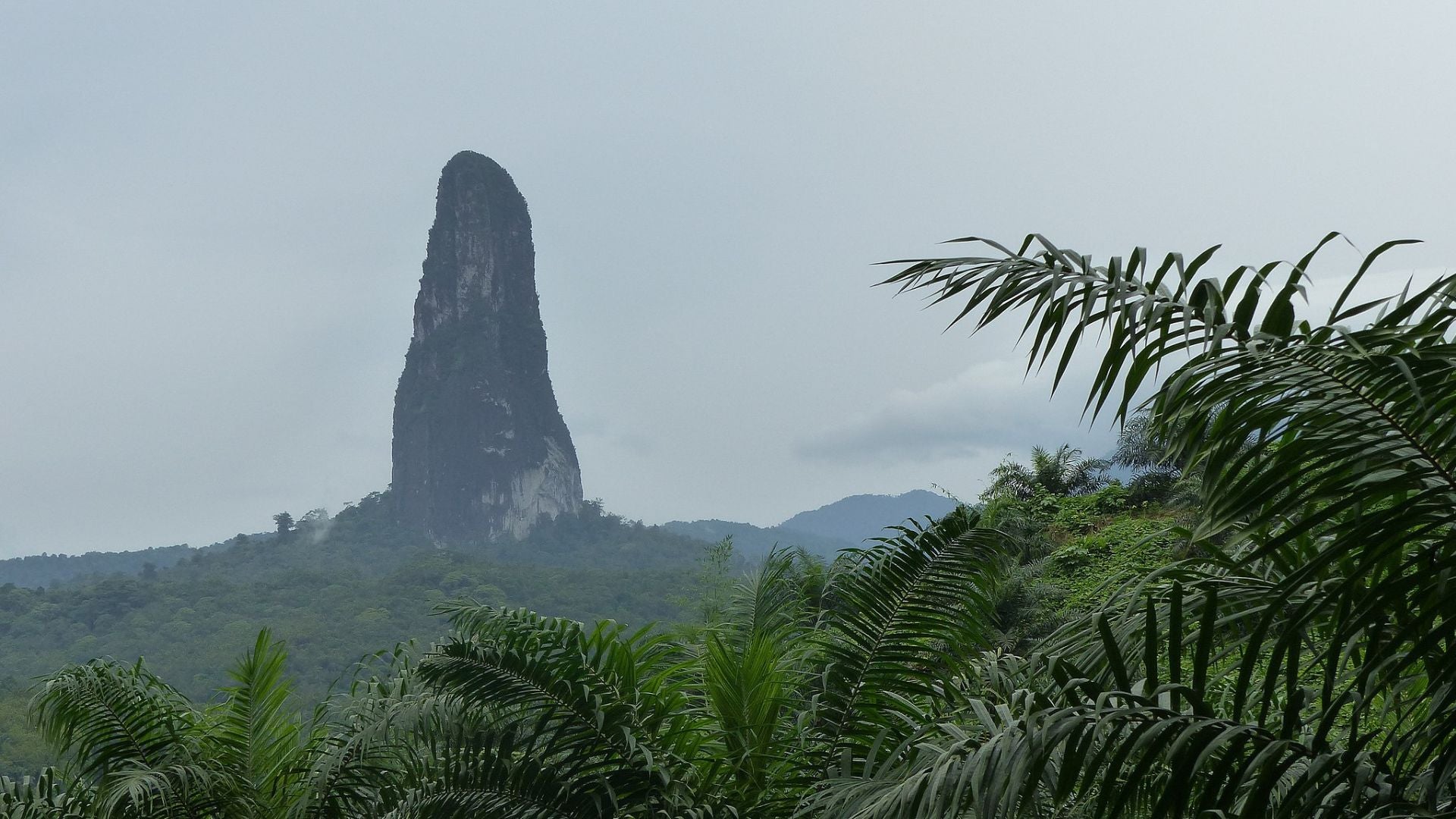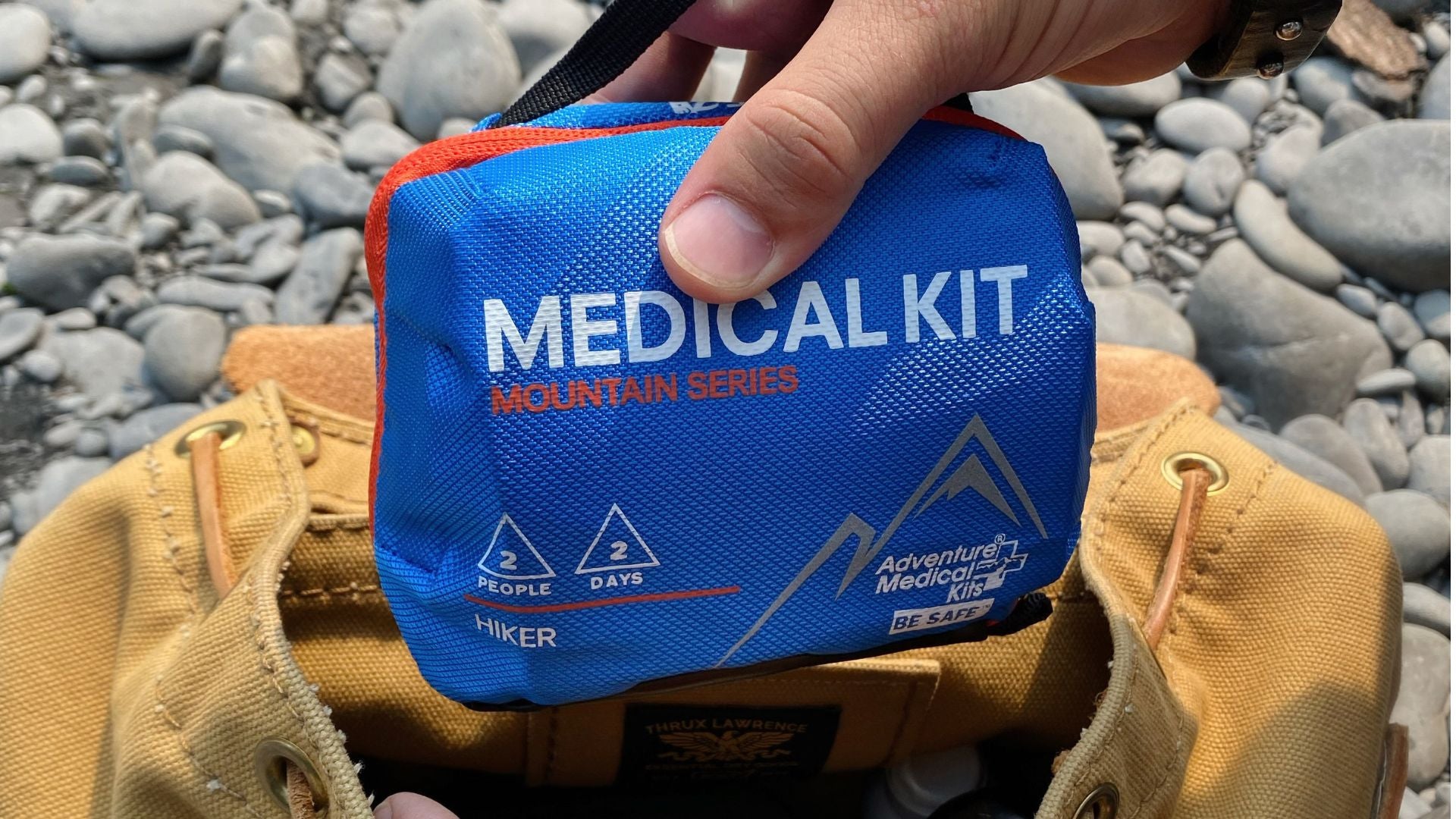By Heather Ganoe
This past August I had the incredible pleasure of venturing West to participate in the 10th annual TransRockies Run. A New Englander by birth, and current South Carolina resident by choice, I am as “East Coast” as they come. Having never been to Colorado or the Rocky Mountains, I knew I was going to be in for the experience of a lifetime, albeit a potentially difficult experience. As I mentioned in a previous post, training to race at altitude while living at sea level was…interesting, to say the least. So what did I discover about running at altitude?
Nothing will prepare you for running at a higher altitude.
Except, of course, training at higher altitude, I imagine that probably helps. Sarcasm aside, coming from sea level to race anywhere between 9,000 to 12,600 feet above sea level was as hard as I imagined it would be. As soon as we heard the “GO” horn at the very first stage of the race, we took off down the flat road running at an incredibly conservative pace. Despite cruising along at a pace that would barely be considered a warm up back at home, I suddenly felt like I had been sprinting down the road as hard as I possibly could: my lungs were screaming for oxygen and my breath was very labored. At the time, the sudden perceived lack of oxygen was hilarious…but it quickly lost its humor over the next 120 miles. The goods part was:
Your body adapts quickly.
The human body’s ability to adapt is simply incredible to experience. Technically, it takes your body anywhere from two or more weeks to truly adapt to altitude, however, I noticed changes in my body’s willingness to deal with running at altitude daily. Though every stage of the race started with the same feeling of oxygen depletion, the feeling seemed to dissipate faster each day, until I was running and breathing comfortably by the end of the race.
Speaking of altitude:
Chapped lips will be your nemesis.
I knew that staying properly hydrated at altitude would be imperative to my race performance and overall health, so I chugged water and consumed electrolytes frequently. If I wasn’t running with my hydration pack, I was walking around with a water bottle in hand to remind myself to drink up. But despite my well-hydrated status, my lips took a beating from the dry air, and they were painfully chapped until we returned back to South Carolina. If you are headed to moderate or high altitude, be sure to pack SPF-containing lip balm, and apply often.
The weather can change in an instant.
I imagine this is the norm for most of the world. In South Carolina, a summer storm can roll through, effectively cooling the temperature from a steamy 95 degrees to a cool 91 degrees, but likely adding a few percentage points to the humidity reading in doing so. In Colorado, my experience was that one cloud covering the sky could lower the temperature by ten or more degrees, especially at higher altitudes. And a rainstorm? Forget it. Get ready to shiver! Some days we would wake up with frost on our tents, only to be sweating in the 80-degree sun just a few hours later. The temperature changes were drastic, so it is important to layer your running gear and always pack a jacket, just in case of a shift in weather patterns.
The terrain is incredibly variable.
In New England, where I’m originally from, our trails are covered in roots and rocks, and often quite soft or muddy due to the lush forests. Down here in South Carolina, our trails are very dry, flat, and sandy, as is the nature of the coastal terrain. The Colorado Rockies greeted us with almost every sort of terrain you could imagine, from moss-covered trails to passes littered with loose rocks. But what surprised me the most was the high desert, complete with cacti lining the trail. I found that in all instances, a mildly aggressive trail shoe paired with a gaiter helped me keep my feet well protected, comfortable, and dry.
There’s plenty of wildlife…but you might not see it.
As many of my friends on social media know, I was thrilled at the potential of seeing a mountain goat. I know that sounds silly, but mountain goats are one of the first things that come to my mind when you mention “Colorado” Further, I’ve read and heard that Colorado is ripe with wildlife, and I couldn’t wait to experience it for myself (except for maybe grizzly bears or mountain lions). Alas, a few marmots and one tiny snake were all that I ever saw on my 120-mile journey across the Rockies. Therefore, if you want to experience the wildlife yourself, might I suggest that you take a path less traveled…and not run in the middle of a pack of 400+ other runners.
Your camera will never do the views justice.
Being a social media guru and first-time visitor to these majestic mountains, my face was buried in my camera almost as frequently as my feet were running. The views were breathtaking, like nothing I had ever seen before, and nothing I ever wanted to forget. But as the days went on and the miles passed by, I realized the pictures I was taking would never do the actual views justice. So I put the camera way, and instead went about really living in the moment, and taking in the gorgeous views.heather-in-a-shark
The world is a big, beautiful place.
This, of course, is probably a statement many readers are already well aware of. But having the opportunity to view the wonder that is the Colorado Rockies while running 120 miles was an experience I will never forget. There are plenty of ways to view all that the world has to offer, but in my opinion, running through these places is one of the best options.
Get out there, and happy running!














